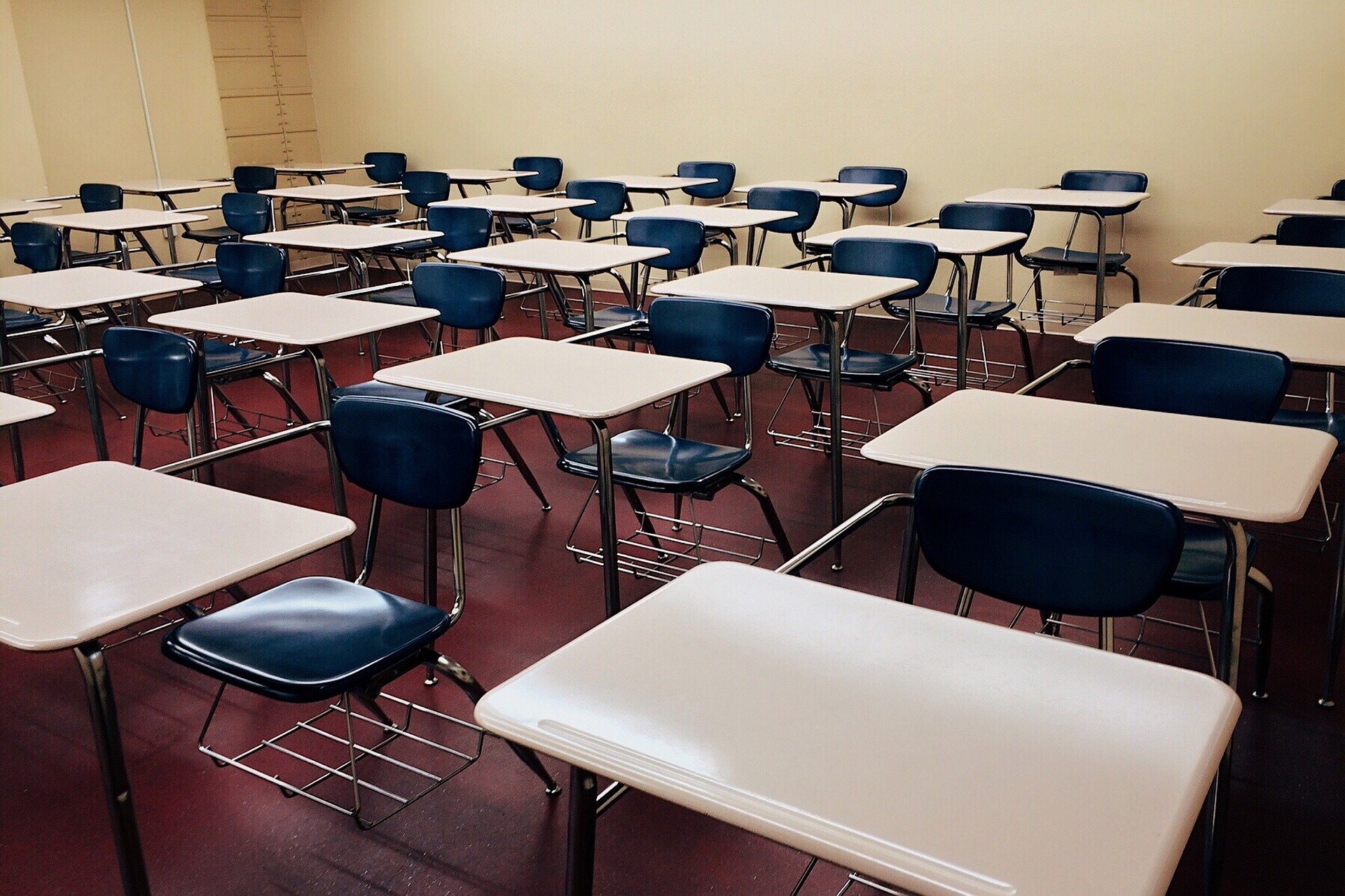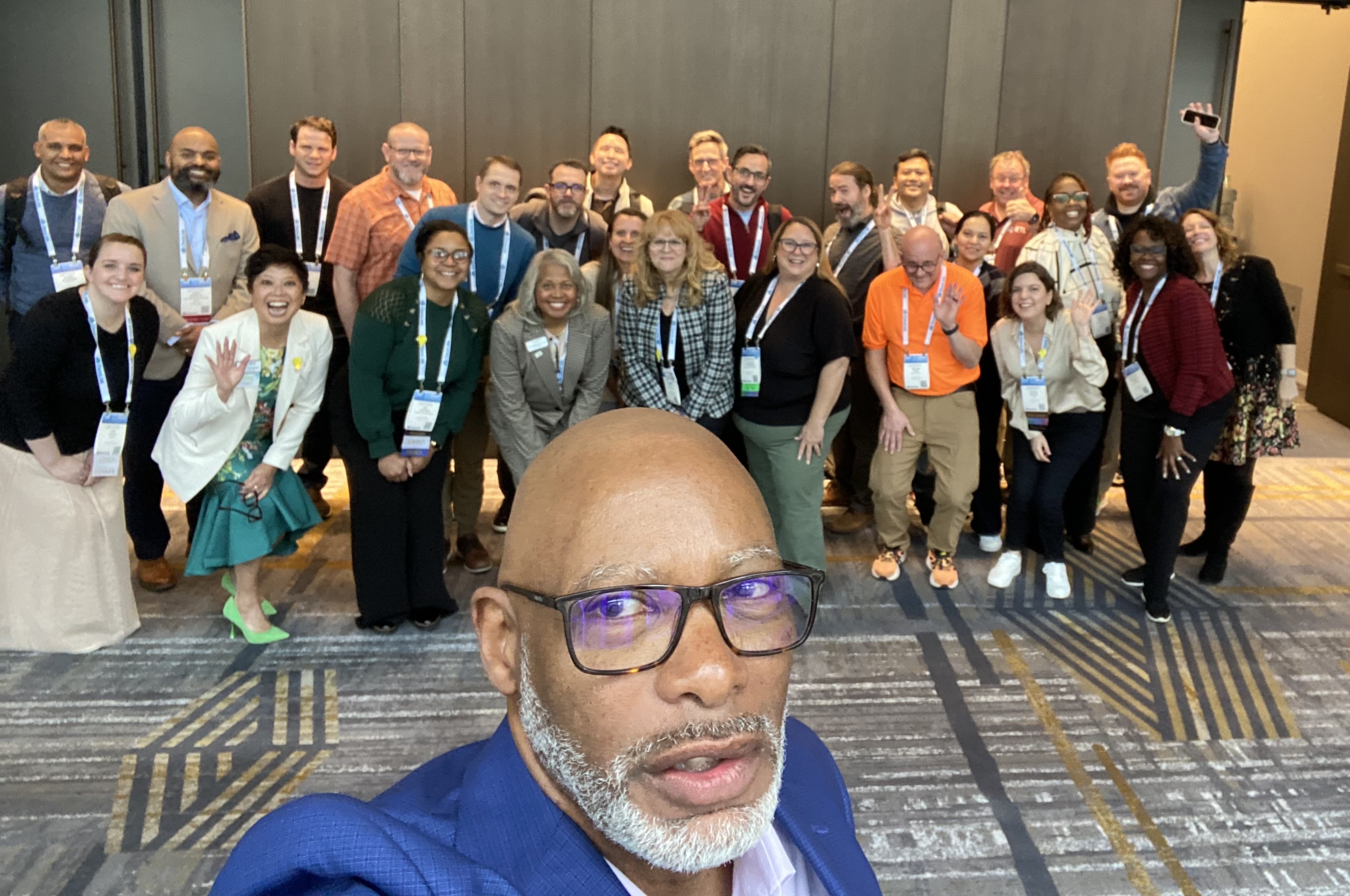The CDC Now Recommends 3 Foot Distancing in Schools. Here's Why
The 6-foot distance requirement has kept many kids out of school. Here’s why it’s no longer recommended.

Updated on March 22, 2021
The CDC recently relaxed its distancing guidelines for most students in K-12 settings. Now it suggests distancing of 3 feet instead of 6 feet, provided other safety procedures such as universal masking are being followed.
The move came on the heels of recent research suggesting distancing of 3 feet between students is safe in schools.
However, the shorter distance is not recommended in all instances. "Middle school students and high school students should be at least 6 feet apart in communities where transmission is high, if cohorting is not possible," the new guidelines say.
In addition, the CDC continues to recommend 6 foot distancing:
- Between adults in the school building and between adults and students.
- In common areas, such as school lobbies and auditoriums.
- When masks can’t be worn, such as when eating.
- During activities when increased exhalation occurs, such as singing, shouting, band practice, sports, or exercise. These activities should be moved outdoors or to large, well-ventilated spaces whenever possible.
- In community settings outside of the classroom.
Prior to the new guidelines, many educators and public health experts had been calling for decreasing the distance between student desks from 6 feet to 3 feet
“The single biggest obstacle to fully reopening schools is the 6-foot distancing requirement, as we don't have the physical space or staffing to bring all students back five days a week with this distancing in place,” wrote Thomas K. Putnam, superintendent of schools, and Mark Elledge, board president, in Penfield, N.Y., in a letter to the state that argued for easing distancing requirements.
Tech & Learning Newsletter
Tools and ideas to transform education. Sign up below.
In Indiana, Massachusetts, Florida, Ohio, Colorado, and elsewhere, 3 foot distancing between desks in schools was already permitted.
“Three-foot distancing is appropriate for the student-to-student interaction,” says Dr. Joseph G. Allen, director of the Healthy Buildings Program at Harvard University’s T.H. Chan School of Public Health and chair of The Lancet’s Covid-19 Commission Task Force on Safe Work, Safe Schools, and Safe Travel.
The question is complicated, says Dr. Sara B. Johnson, an associate professor of pediatrics at the Johns Hopkins University School of Medicine and co-director of the Rales Center for the Integration of Health and Education and the Johns Hopkins Consortium for School-Based Health Solutions. Six feet is not some ideal number where people will automatically be at risk if they move closer. “It is a risk continuum; more distance is better,” Johnson says.
That said, maintaining 6 feet substantially limits the number of students who can be accommodated in most school buildings, and thwarts efforts to get as many kids back into buildings as safely as possible.
6 Feet is An Arbitrary Distance
“There's no magic distance where droplets drop out of the air,” Allen says. “Aerosols float. They float three feet, six feet, and beyond, and can accumulate in a room.”
That’s why other mitigation efforts such as proper masks and good ventilation are needed.
Rather than push schools to push their students closer together, Johnson favors a phased reduction of distancing, especially given the CDC had popularized the 6-foot rule and it has become ingrained in public conscience. “In some parts of the country, skepticism about returning to school and concerns about in-school viral transmission remain prevalent,” she says. “For me, the 6-foot rule is a tool for building trust and bringing teachers, staff, parents, and kids along with us in places where many are still skeptical and have concerns about school reopening. The goals should be for schools to shift relatively rapidly to less distance once they demonstrate the integrity of their public mitigation strategies.”
A phased approach allows time to make sure that circulating variants are still kept in check by current measures, which Johnson expects they will be.
The WHO & Others Say 3 Feet is Sufficient
Since the beginning of the pandemic, the World Health Organization has advised one meter distancing, which is a little more than three feet. A CDC study of 17 schools in Wisconsin found limited transmission of the virus even though K-8 students were generally not maintaining 6 feet of distancing. A large study of more than 500,000 students and 100,000 educators in Massachusetts found no substantial difference in transmission in schools if student desks were placed 3 or 6 feet apart. The American Academy of Pediatrics guidance for schools states that 3-feet distancing works when 6 feet is not possible. Prior to becoming CDC director, Dr. Rochelle Walensky wrote the city council of her town in Massachusetts that, “If people are masked it is quite safe and much more practical to be at three feet.”
Other Mitigation Efforts are In Place
“The 6-foot distance guidance came into being last February and March before universal masking,” Allen says. “We have a tendency to think about these controls in isolation. But when there's universal masking in place, and good ventilation and filtration, 6-foot distancing is no longer critical.”
However, since adults educators are at higher risk from the virus, they should continue to maintain a distance of 6 feet from their students and other educators. Allen also says adults who work in schools that are concerned should consider wearing a better mask. “If you're going to wear a mask, you might as well wear one that has a high efficiency and has a good fit, because that can change the overall effectiveness from 50 percent for a cloth mask up to over 90 percent for a good mask,” he says.
Kids are Less Impacted by The Virus
Children, especially younger ones, have a lower risk of contracting the virus and of having severe outcomes if they do. This is another reason many argue for 3-foot distancing between student desks.
Allen says any potential risks to children are outweighed by the risk of keeping students out of in-person school. “The 6-foot distancing rule is one of the key, if not the most, determining factors that keeps kids out of school because of space limitations,” he says. “And the cost of keeping millions of kids out of school for a year is absolutely devastating.”
Erik Ofgang is a Tech & Learning contributor. A journalist, author and educator, his work has appeared in The New York Times, the Washington Post, the Smithsonian, The Atlantic, and Associated Press. He currently teaches at Western Connecticut State University’s MFA program. While a staff writer at Connecticut Magazine he won a Society of Professional Journalism Award for his education reporting. He is interested in how humans learn and how technology can make that more effective.

